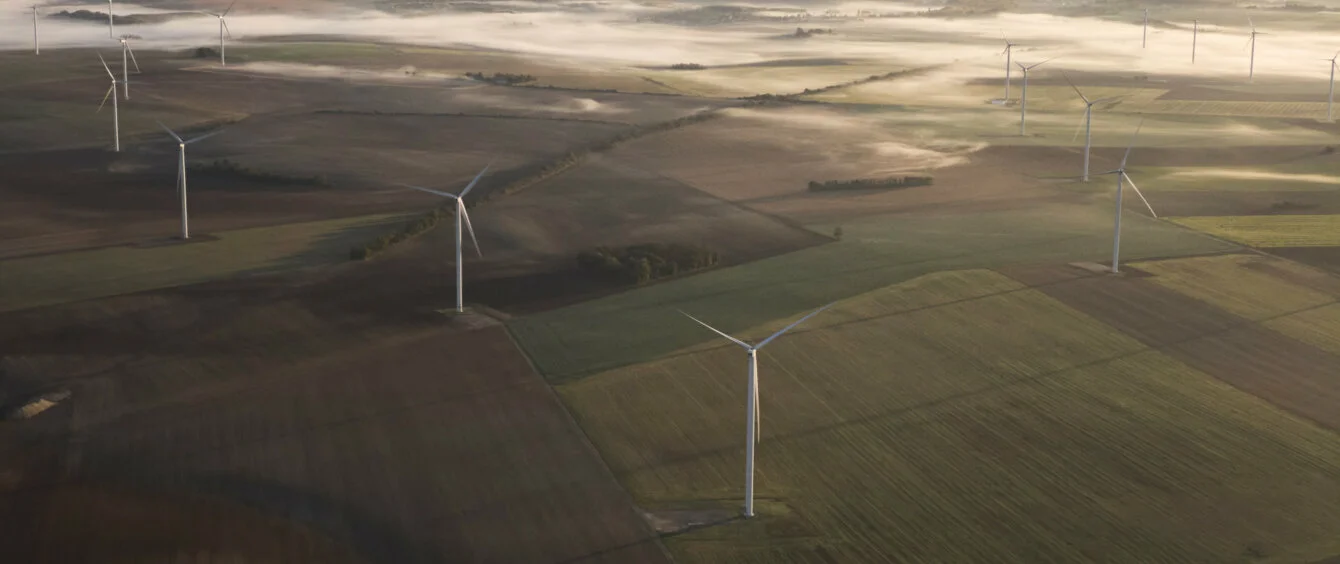French electricity consumption will rise to between 580-640 TWh/yr by 2035, compared with 460 TWh today, an increase of about 26-29%. The forecast was made by French transmission system operator (TSO) RTE in its updated energy outlook to 2030-2035 (Link in French).
The estimate reflects a scenario in which the twin objectives of accelerated decarbonisation and reindustrialisation are achieved by 2035. A second scenario with slower growth in electricity demand sees the attainment of these goals three to five years later.
Demand-side savings are “challenging”
The increase is based on much greater electrification of the economy, particularly in transport and industry. It also assumes major efforts to use electricity more efficiently and a continuation of the conservation efforts seen since Russia’s invasion of Ukraine.
Energy efficiency improvements could save 75-100 TWh a year, the TSO estimates, while continued conservation would allow additional savings of up to 25 TWh/yr.
RTE says the energy efficiency goal represents “a real challenge”, as it would necessitate a large increase in the thermal renovation of buildings.
Renewable energy expansion essential in all scenarios
A significant acceleration in renewable energy generation is needed in all scenarios. Moreover, all renewable energy technologies need to expand. Any slowdown in solar, onshore wind or offshore wind, for example, would necessitate even greater efforts elsewhere, RTE said.
France’s solar capacity rose strongly by 17.5% to 17.4 GW last year, while the country’s installed wind capacity increased 12.7% to 21.1 GW.
By 2035, RTE estimates, France will need a minimum of 270 TWh of renewable energy generation and ideally up to 320 TWh. This compares with 112.6 TWh in 2022, including hydropower (44.6 TWh).
What is the state of france’s hydropower?
Hydro generation last year was the lowest in decades, owing to high temperatures and a lack of rainfall. While levels should recover, most of the recommended expansion is likely to come from renewables such as wind and solar as France has already exploited most of its hydro potential.
Estimates of the remaining commercial hydro potential suggest an additional 91 TWh is possible, but mainly from small hydro and the renovation of existing facilities.
Overall, RTE’s assessment suggests that renewable energy generation will have to more than triple by 2035.
What role will nuclear energy play in future?
Nuclear also plays an important role, but does not provide much new generation by 2035. RTE says the challenge is to regain former levels of availability. While the aim is for 400 TWh of nuclear generation in 2035, it is counting on 360 TWh annually by 2030-35 as a “prudent and achievable hypothesis”.
In 2022, France generated 295 TWh from nuclear power, the lowest level since 1988, owing to the temporary closure of reactors for safety and modernisation upgrades.
Meanwhile, the deployment of system flexibility – for example demand-side management and batteries – will provide a safety margin of about 5 GW in terms of system operation.
Decarbonisation will not cost the earth
Given the need for a speedy and profound expansion of the country’s renewable energy generation, alongside the demands of more widespread electrification, RTE estimates that investment levels in the power sector need to triple by 2035. However, the savings from reduced fossil fuel imports will amount to $190 billion.
Despite the additional spending, the TSO says that the long-term cost of electricity production should not rise, but remain at similar levels to today.
photo credit: © RWE, Stephane Adam
